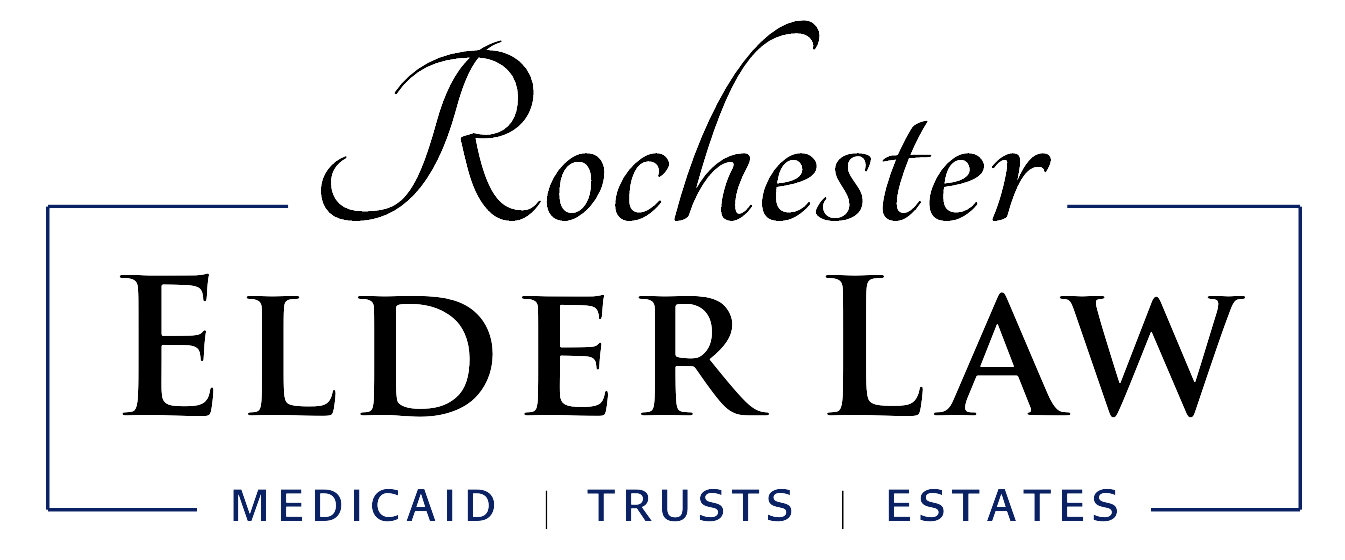
To age well and securely in America is at best expensive on many levels. The financial toll of elder care for millions of seniors and their families who do their best to care for and support them is immense. Long-term care facilities and retirement communities cost staggering amounts of money, as do the high costs of premiums to maintain a long-term care insurance policy. The truth is the US long-term care system is both underfunded and not well matched to the expectations of the older adults trying to thrive within it. There exists a crisis in care and a crisis in conscience within this country’s social safety net.
What are the Causes of the High-Cost of Elder Care?
The reasons are many and create a confluence that spells financial disaster for many in America.
- The aging baby boomers who increasingly require more care
- Workforce shortages or limitations (COVID-19) in healthcare or Long Term Services and Supports (LTSS) systems
- Federal and state efforts to segue responsibilities to home and community-based services and family rather than improving social safety net policies
- Increasing numbers of Americans identifying themselves as caregivers
- The insurance projections that underfunded the costs of long-term care decades ago
- Fewer workers paying into the system
More than three in four people, or seventy-seven percent, according to the American Association of Retired Persons (AARP), agree with the following statement “I’d really like to remain in my community for as long as possible.” Indeed, the majority of aging Americans want to do so in their own homes.
Studies show much of the caregiving provided is family-driven. Like paid caregivers, their work is often unnoticed, under-discussed, and unappreciated. It can have devastating consequences on their retirement planning, affecting the next generations of their family and perpetuate this problem cycle. Vox reports the most recent data from AARP , which constitutes 41.8 million people or 16.8 percent of the US population, are currently caregiving for an adult of 50 years or more. A full 28 percent of these care providers have stopped saving money, 23 percent are accumulating more debt, 22 percent have depleted their short-term savings, and 11 percent report being unable to fund basic needs, including food.
The Dilemmas of the Caregiver System in America
The more significant belief that caregiving is a “family responsibility” permeates the US consciousness. And politicians and policymakers who promote this mindset remain unable to redress the shocking costs of eldercare, thus imposing the caregiver reality upon family systems. By extension, many family caregivers’ labor is characterized as something done out of instinct or love, devaluing the complex, primarily unpaid work.
This devaluation of caregiver labor exists for paid caregivers in institutional settings, leading to paychecks that do not constitute a living wage and shortages of caregivers, often women, particularly women of color. Low and stagnant wages continue even as demand skyrockets because many home health workers were not designated as “essential” during the pandemic. Also, the moment a more lucrative opportunity presents itself, and the worker is gone. With new COVID-19 variants on the horizon, the need for caregivers will remain high while their valuation remains low.
Outside of those people providing this elder care, the difficulties remain largely invisible. There are fewer resources than ever chasing the needs of millions. Impoverished Americans with less than 2,000 dollars qualifying them for Medicaid find that with 80 million documented low-income Americans, waiting lists for home care assistance has an average wait time of more than three years. What happens if they have no family to rely on during this waiting period?
As demand for care continues to rise for the increasingly older and infirmed population, the supply of private institutional care is prohibitively expensive, and care within families is substantially contracting with smaller and more widespread family systems overall. Existing social policies are not meeting the needs. Aging in the American landscape needs political re-imagining to protect families and stop subverting grievances and social responsibilities to those caregiving workers (paid and unpaid) least likely to thrive providing this care. It is essential to preserve the dignity and care of our older generations and those providing this care. It is incumbent upon the US government to identify the ways to do so affordably. If you have any questions about planning for elder care or protecting assets, contact us. We’re here to help.
more news you can use



Still have questions?
Tell us about your situation.

Centrally Located in Brighton
near Cobbs Hill:
1399 Monroe Avenue,
Rochester, NY 14618
Map & Directions
Weekly News & Updates
Subscribe now and get our FREE Guide, "The Top Eight Mistakes People Make with Medicaid Qualification"
Rochester Elder Law
All Rights Reserved
Legal Disclaimer: The information on this website is for general purposes only and is not legal advice. Content may change without notice. Please consult an attorney for guidance on your specific situation. Contacting us does not establish an attorney-client relationship. Do not send confidential information until a formal attorney-client relationship is established. This site may contain attorney advertising. Prior results do not guarantee similar outcomes. By using this site, you agree to this disclaimer.







